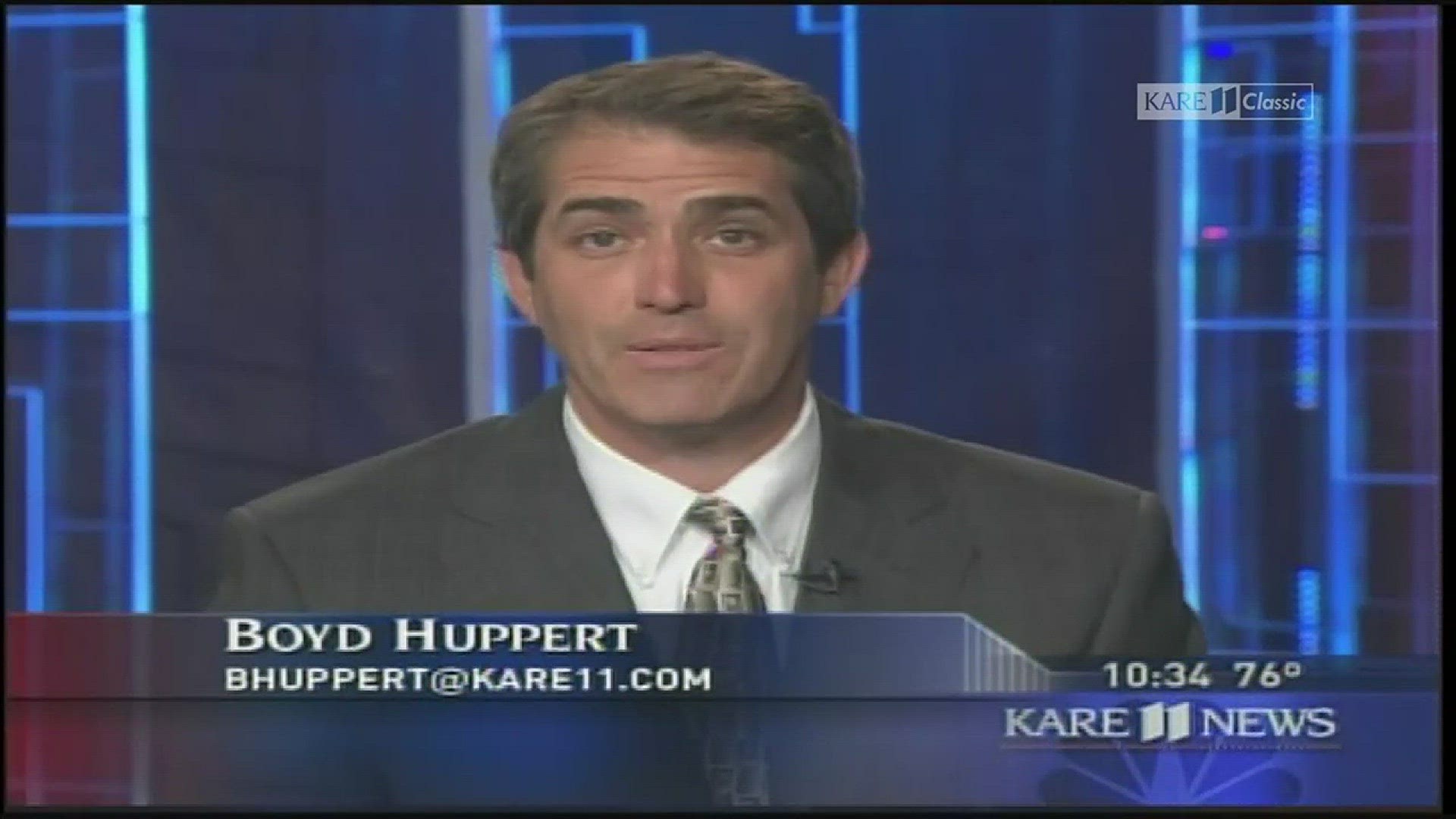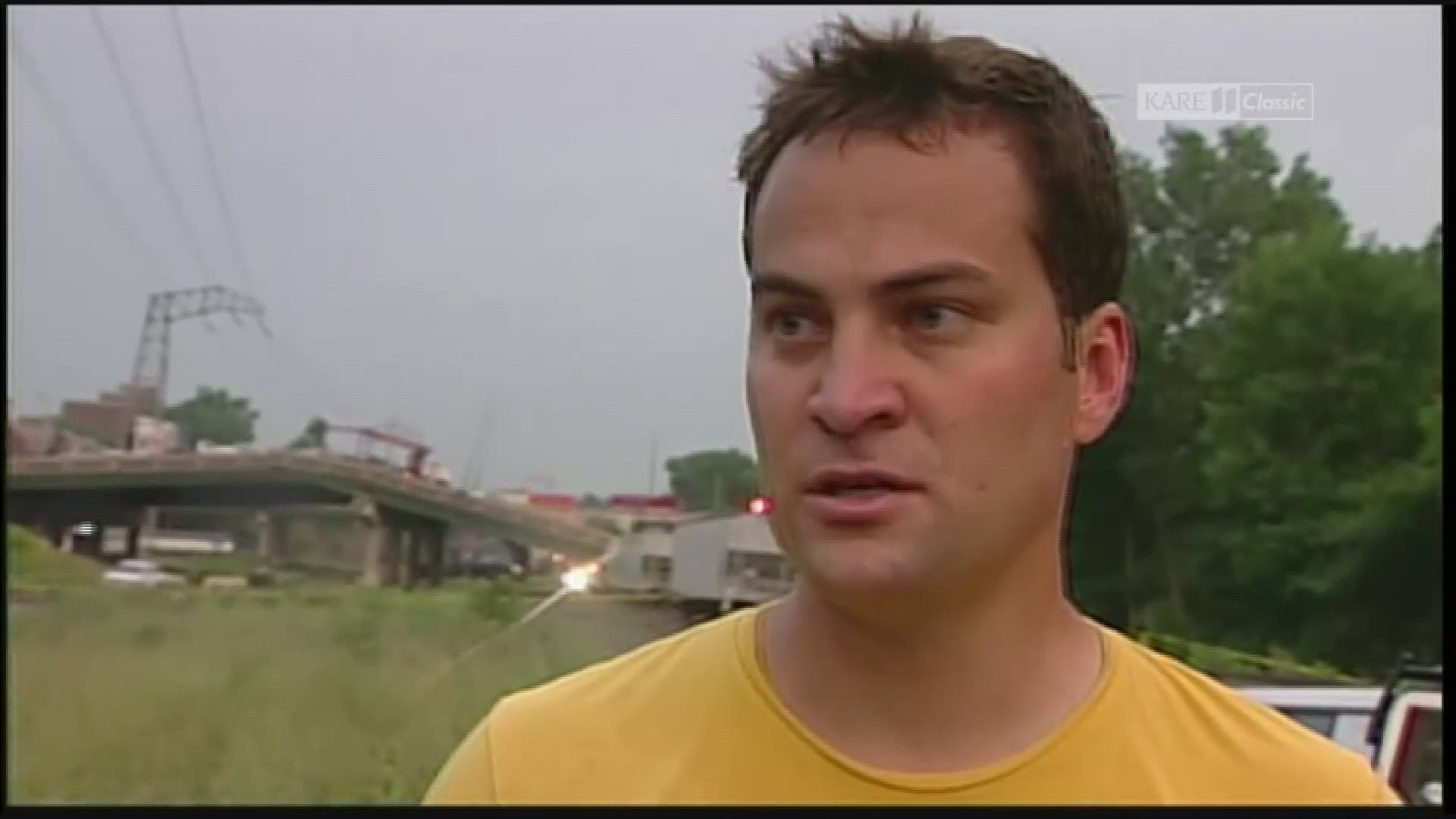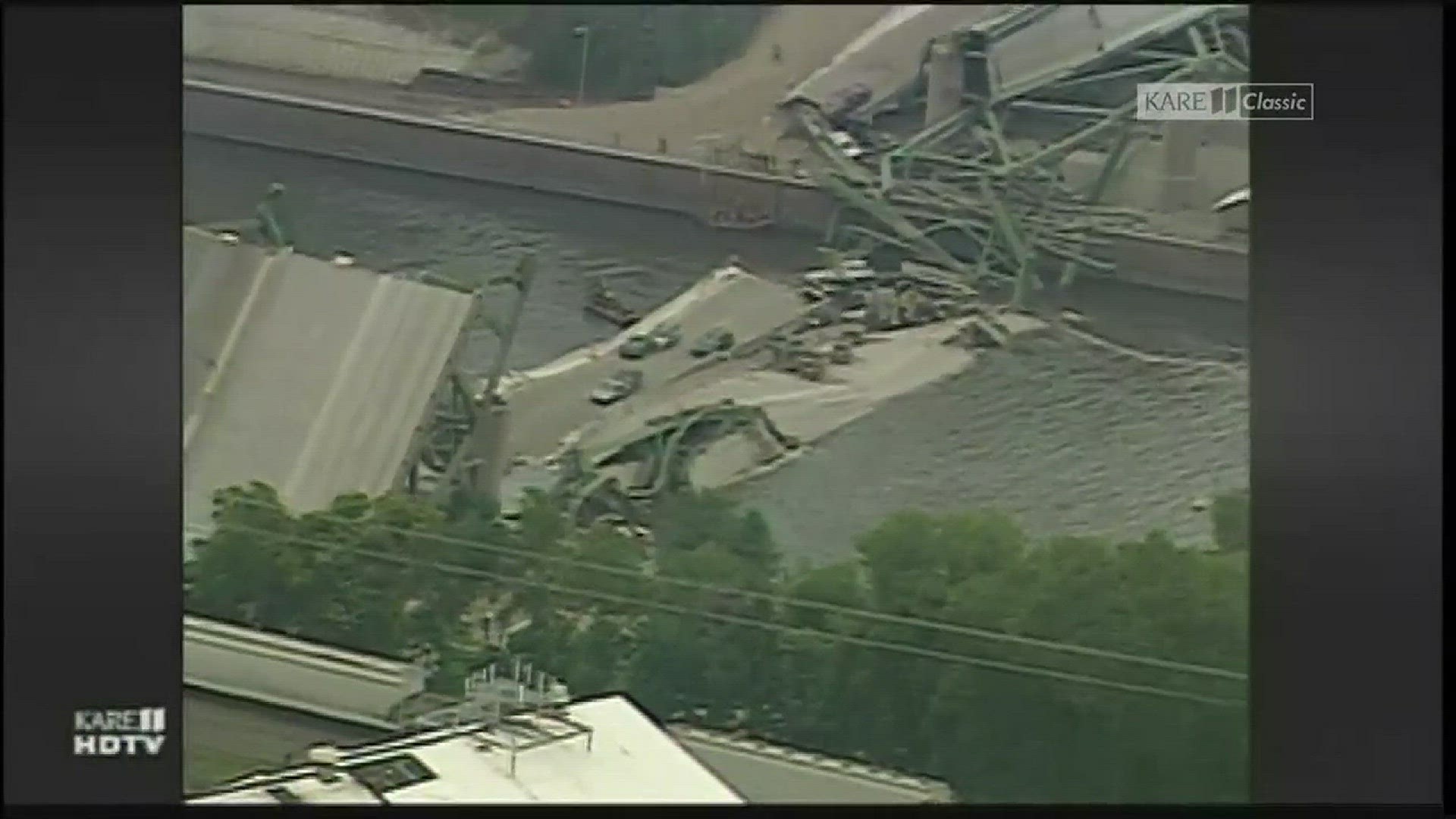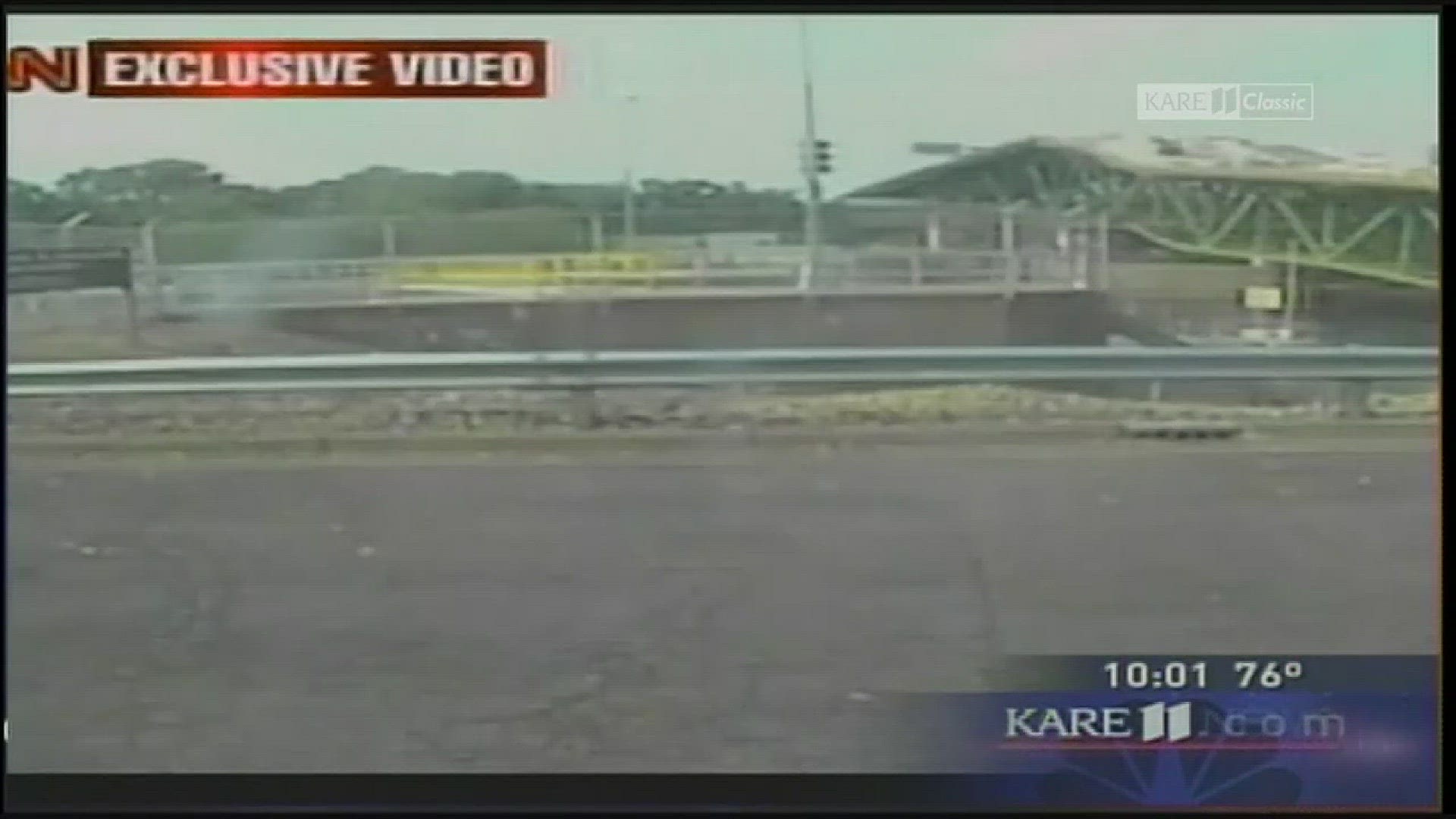MINNEAPOLIS - The passing of a decade has dulled memories, but the wounds of many victims and survivors whose lives were lost or dramatically changed by the collapse of the I-35W bridge the evening of August 1, 2007 remain raw. Wounds that likely will never completely heal.
Tuesday marks the 10th anniversary of the collapse, an event that triggered change in Minnesota, the United States and across the world. Here is a timeline of the collapse, and the ripples felt in the days, months and years that followed.
August 1, 2007, 6:05 p.m: I-35W bridge collapses during the height of rush hour with dozens of vehicles crossing the structure at the time. Thirteen people lose their lives, 145 are injured and many more traumatized.
Aug 2, 2007: Minneapolis Mayor R.T. Rybak and Minnesota Governor Pawlenty declare a State of Emergency for city of Mpls.,as recovery efforts ramp up. Pawlenty orders the inspection of 4,000 bridges across MN. Other states follow suit, and designs and policies
Aug 4, 2007: President George W. Bush visits collapse site to pledge federal support
Aug 5, 2007: Navy specialty divers arrive to lead the search and recovery effort for victims.
Nov 1, 2007: Initial construction on new bridge begins as cleanup of the site continues.
May 8, 2008: Governor Tim Pawlenty signs bill providing $38 million state relief package for victims.
Sept. 18, 2008: New I-35W Bridge reopens
Nov. 13, 2008: NTSB releases the findings of its investigation stating the primary cause of the collapse was undersized gusset plates, overload due to the weight of concrete overlay added over the years, and the extraordinary weight (578,000 pounds) of construction equipment and material resting on the bridge just above its weakest point at the time of the collapse.
Aug. 23, 2010: URS Corp agrees to pay $52.4 million to more than 130 victims and family members impacted by the tragedy.





